Do you remember our walk in San Severino Marche Basso ? We mentioned in our article that there was also a San Severino Marche Alto [basso – lower and alto -upper]! The small hill called Monte Nero, not far from the river Potenza was where the ancient inhabitants of the Roman city of Septempeda moved between the 6th and 7th centuries to try to escape the destruction and death caused by the various invasions of the barbarians. Here they founded a new settlement, which was transformed over the centuries into the current Castello al Monte, with which they continued to control an important area along the lines of important trade and business routes. For this purpose, a new residential area later developed between Monte Nero and Potenza, which was transformed over time into the current Borgo or San Severino Marche Basso. The two cores were enclosed by a robust circle of walls and provided with seven fortified gates.
From afar the city seems divided in two:

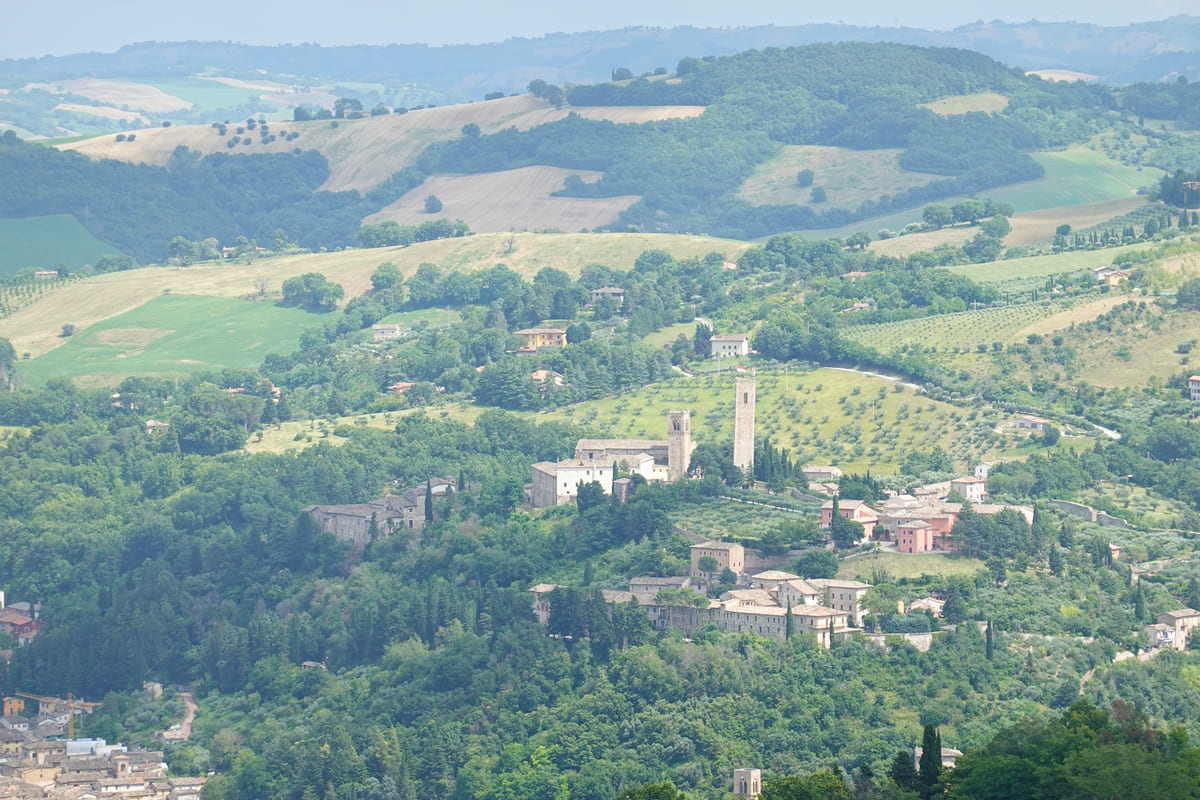
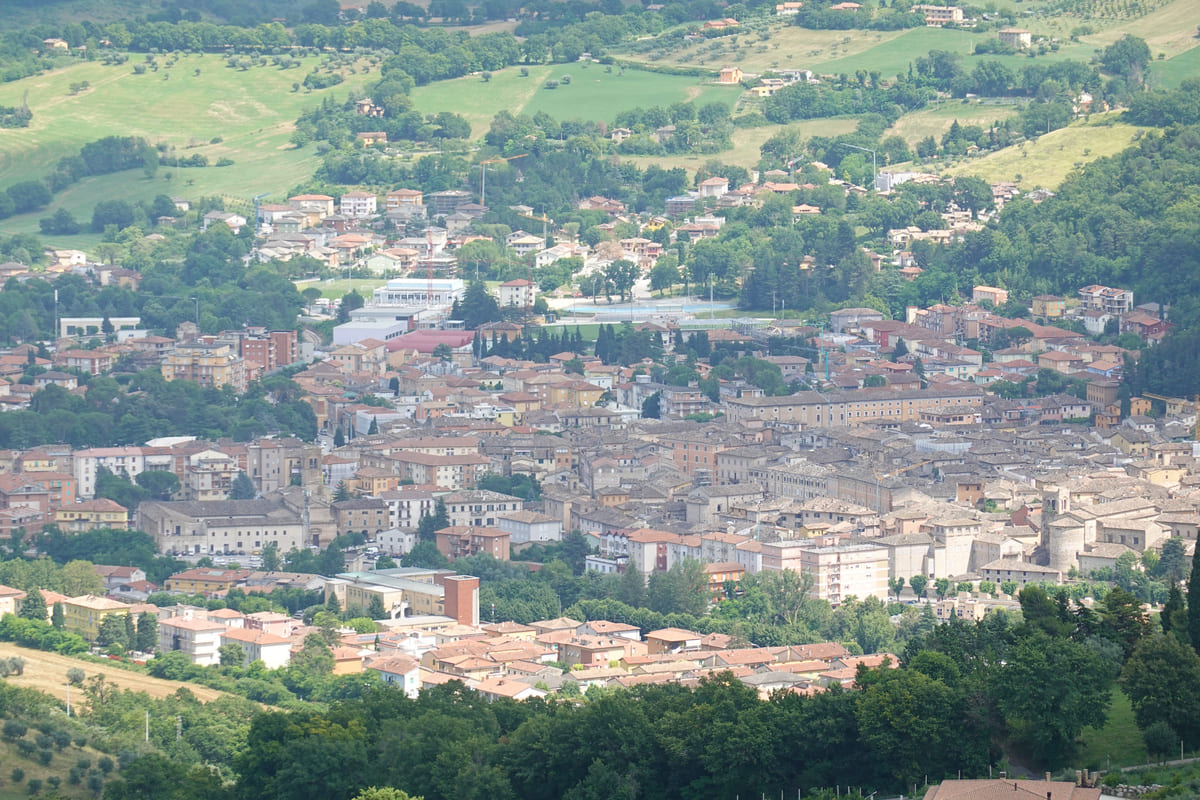
At the Archaeological Museum Isabelle and her husband Erik discovered a parking place. (see here the coordinates) right on the Monte Nero. (342m) The museum itself turned out to be closed due to work, but fortunately one could enter the cloister walk (13-16th century).
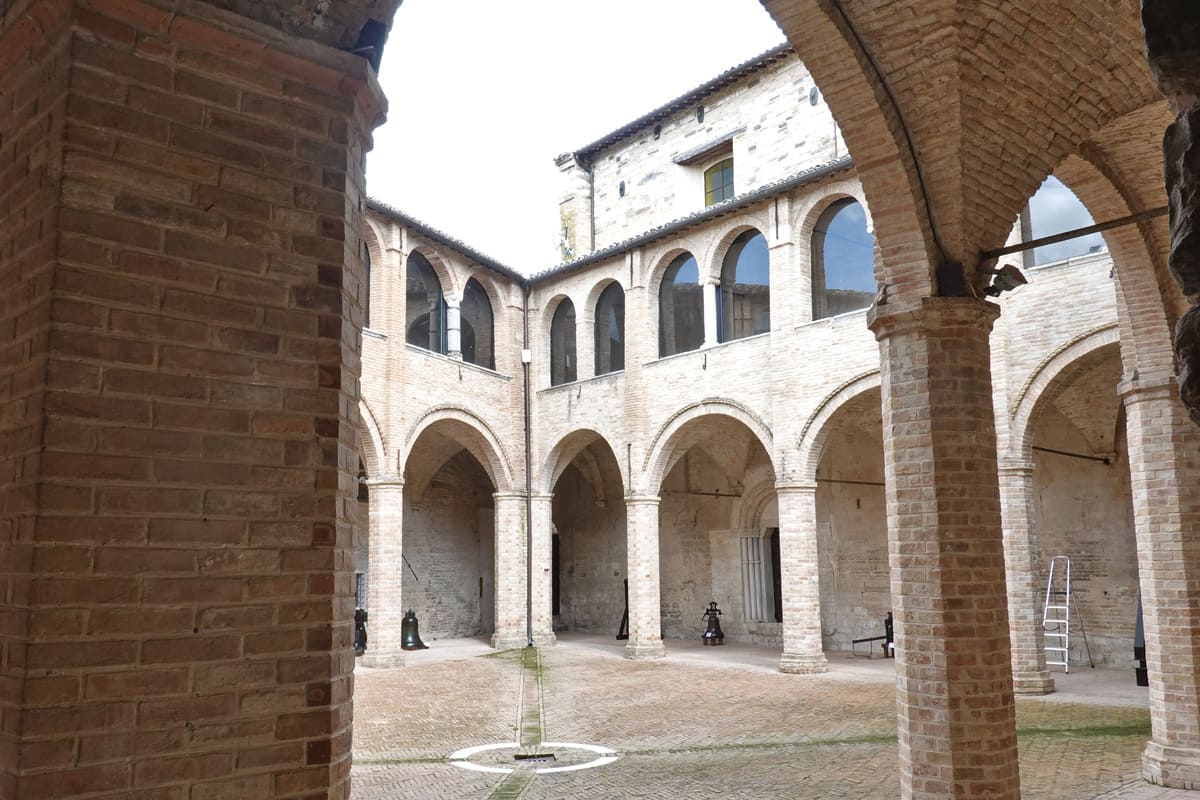
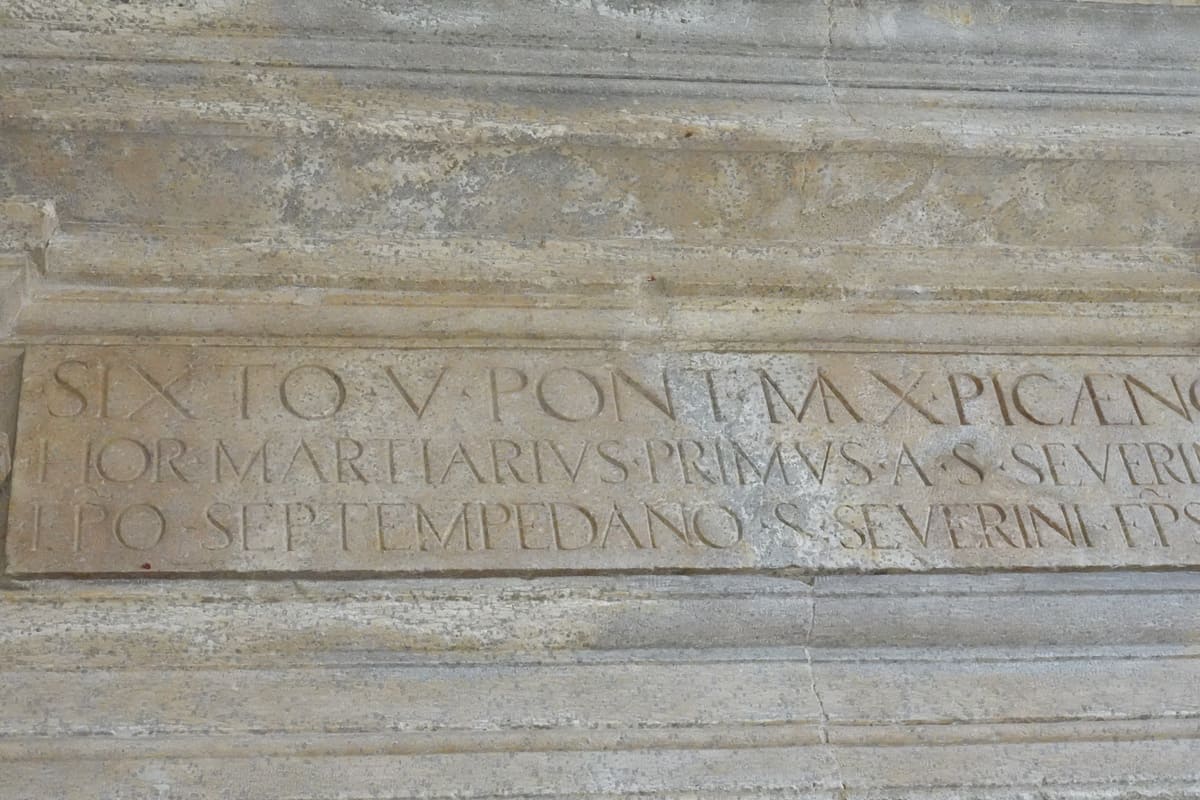

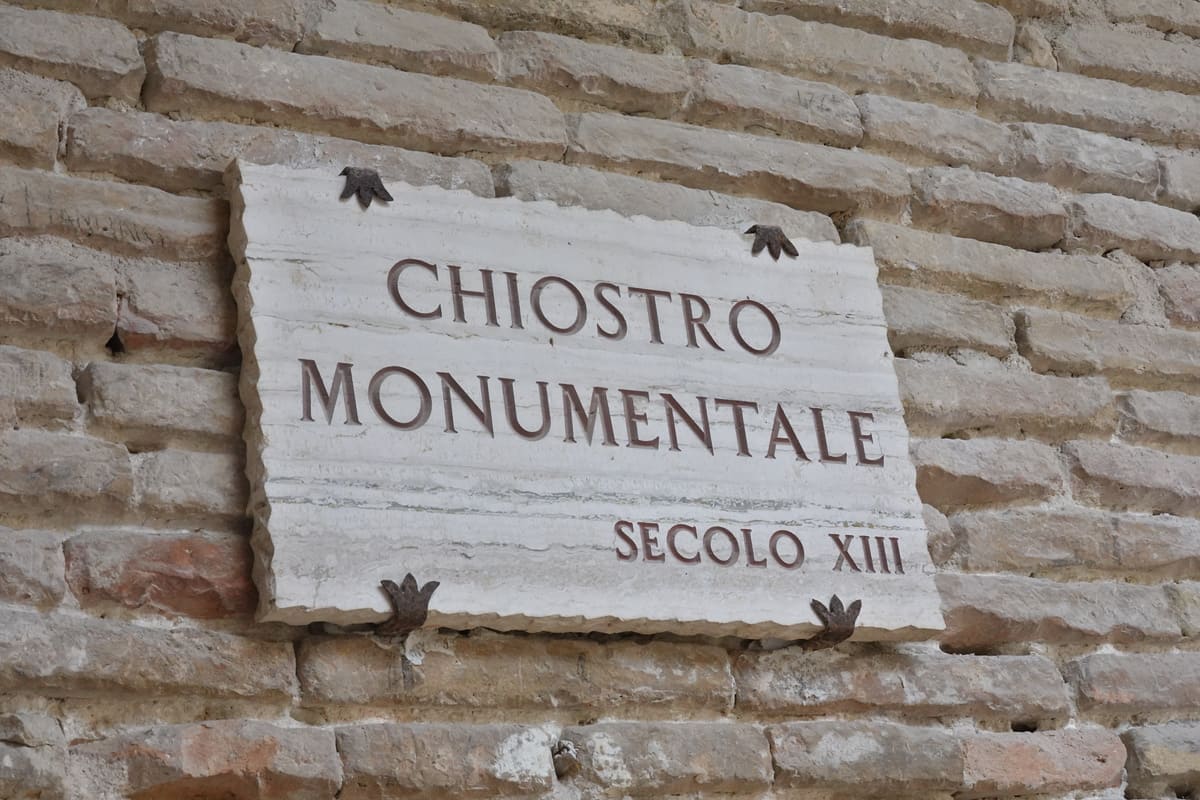

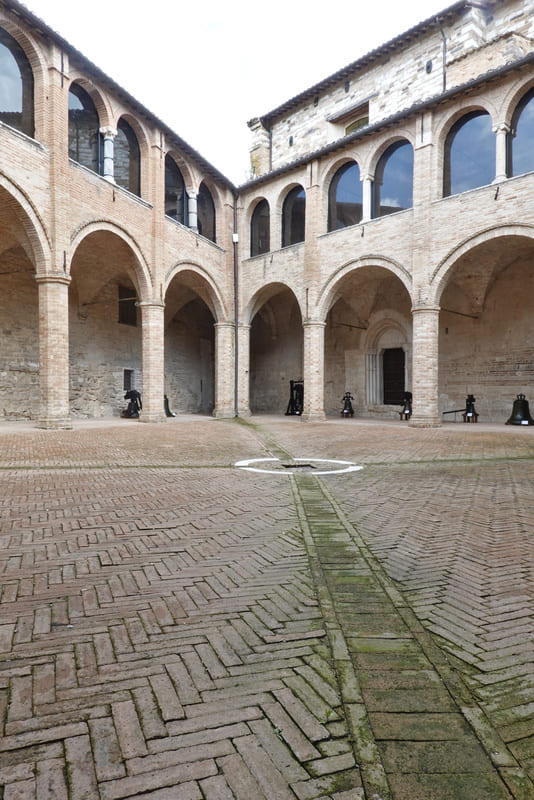

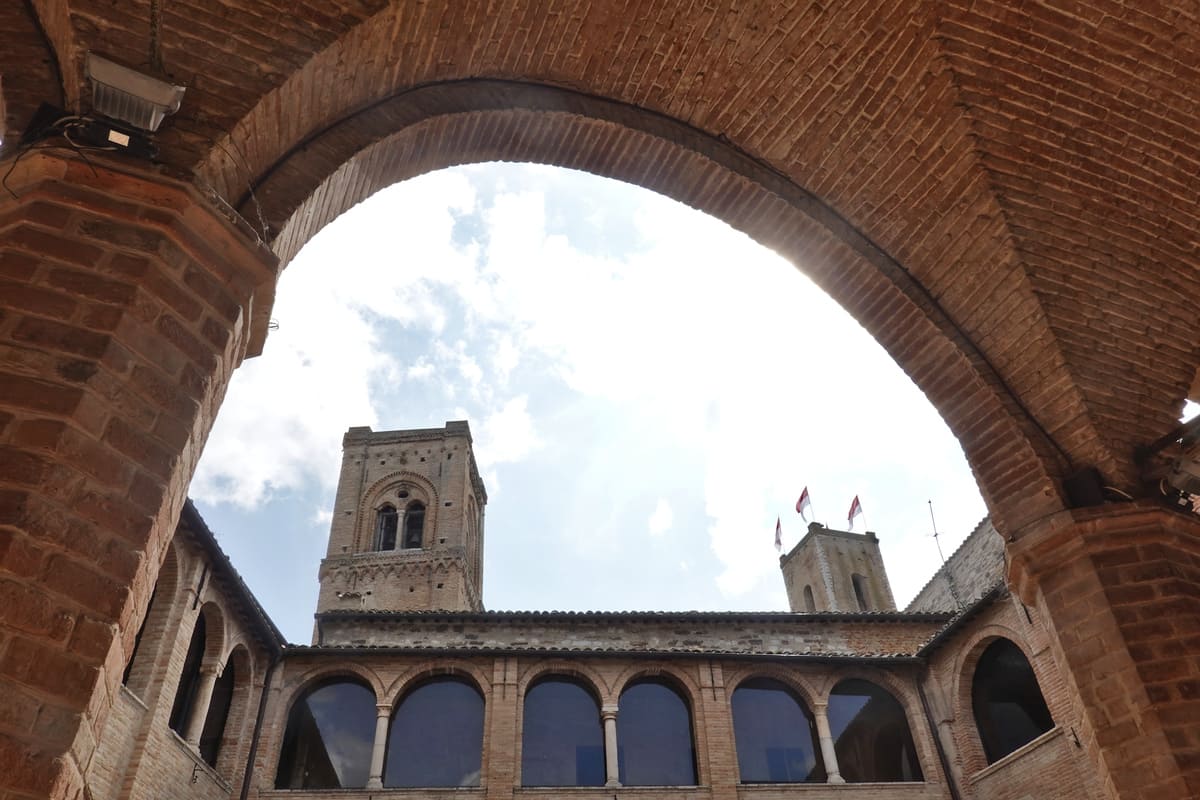
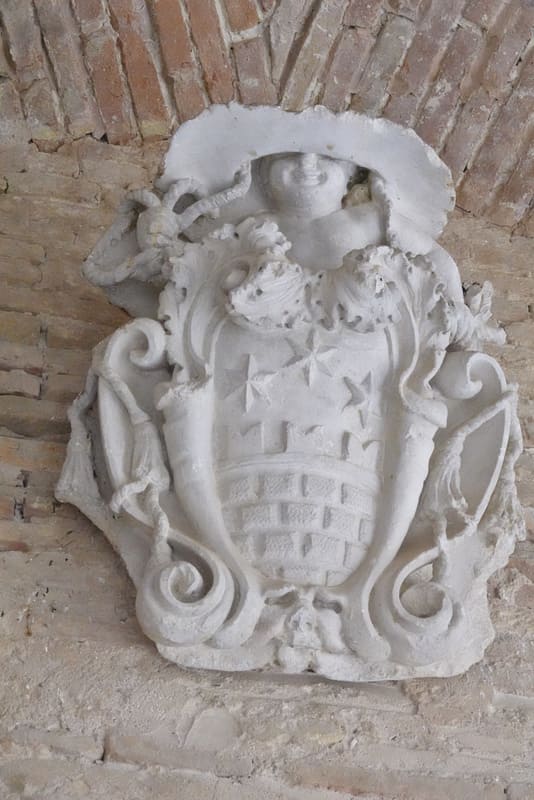
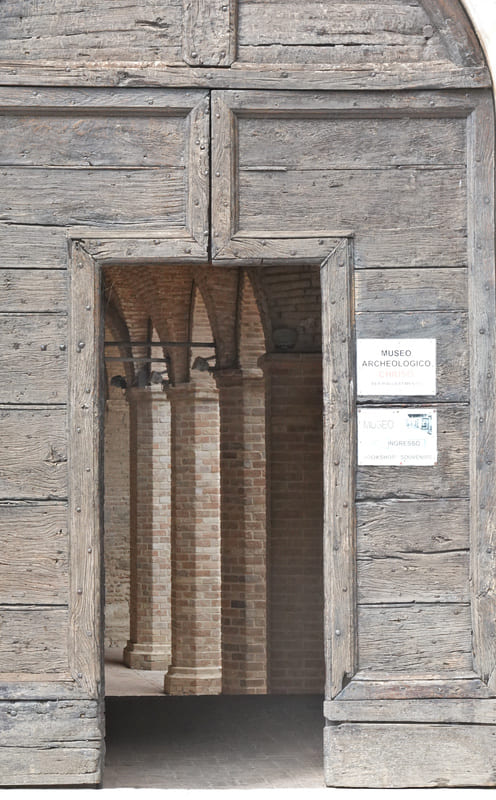
A series of bronze bells were displayed: all from churches in the surrounding villages, dating from the 13th to the 20th century. Some details really caught the eye:


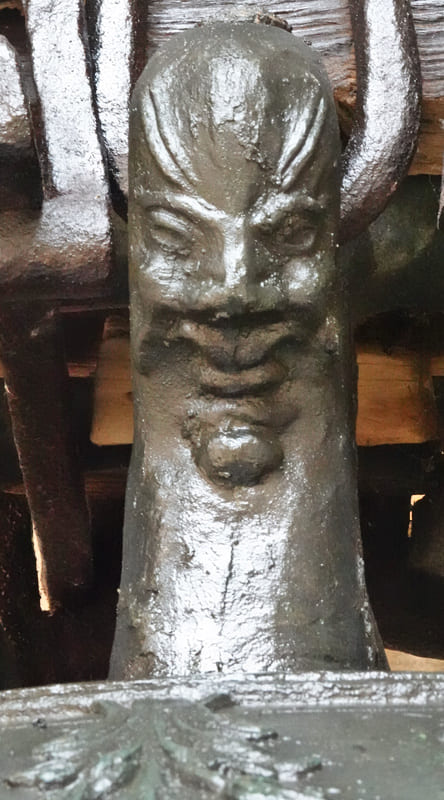

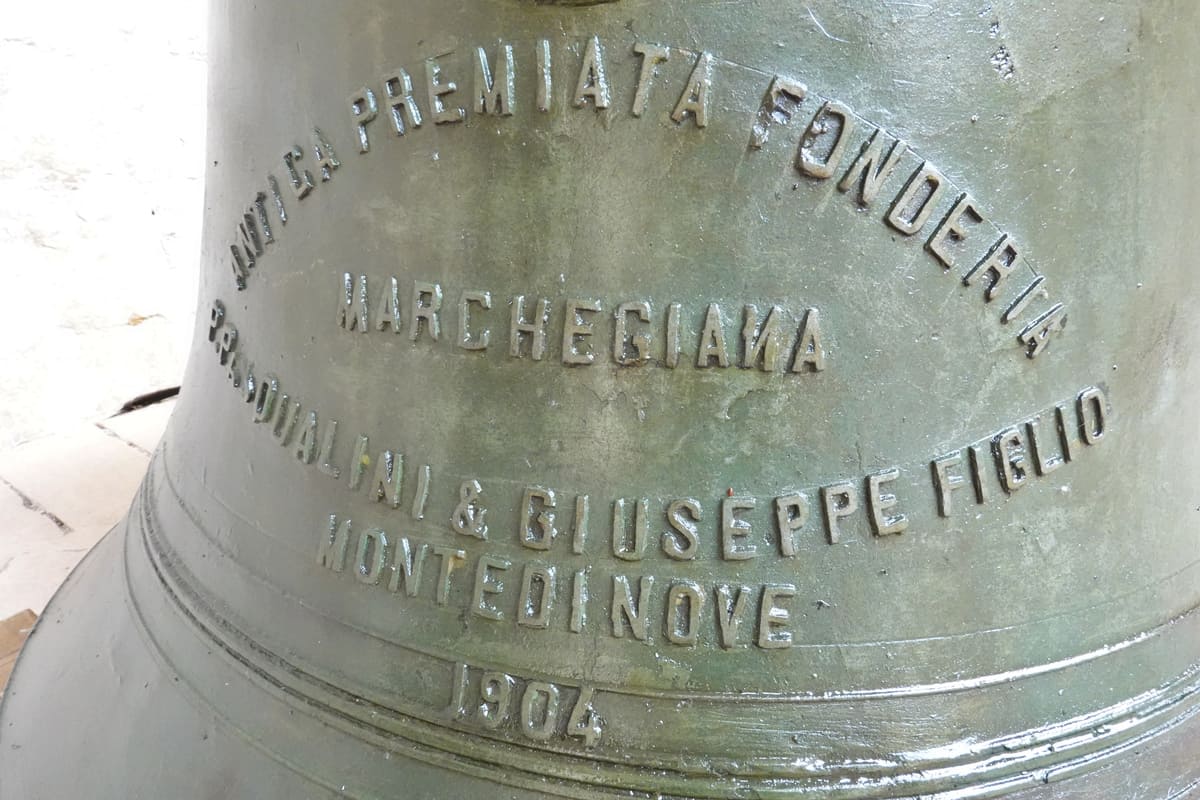




Next to it we noticed the Duomo Vecchio (the old Duomo). There was already a cathedral here before the year 1000 dedicated to Saint Severino. However, it has been renovated several times, with the facade and the bell tower built in Romanesque/Gothic style from the 13th century, the oldest visible part. According to tradition, the remains of the Holy Bishop Severino were transported in a cart drawn by oxen. As soon as they arrived at the Monte, the oxen would not go any further. Then the inhabitants of San Severino decided to build a shrine there, dedicated to their patron.
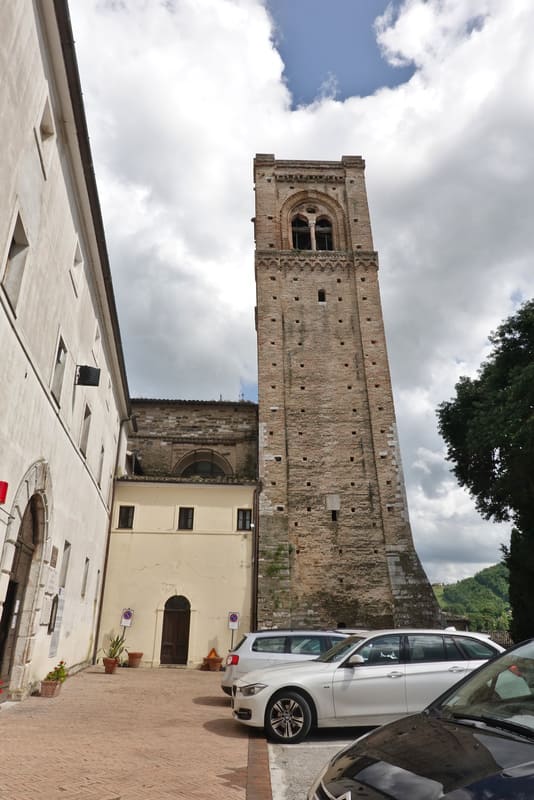
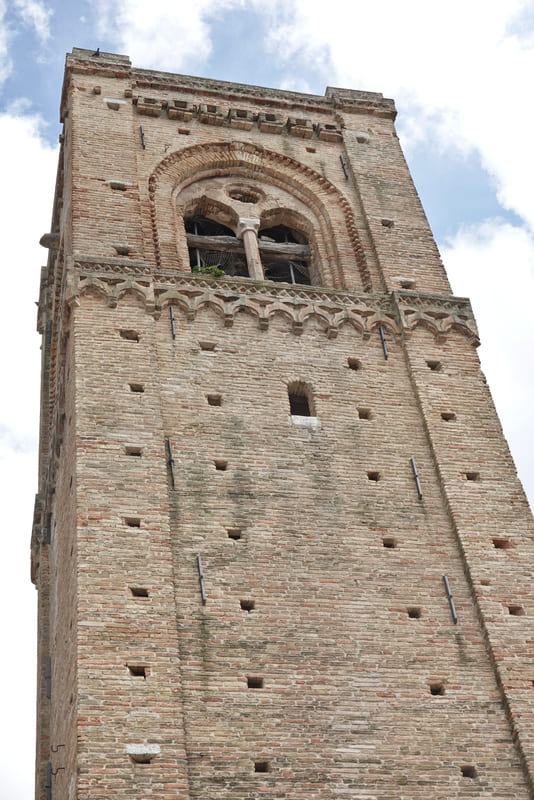
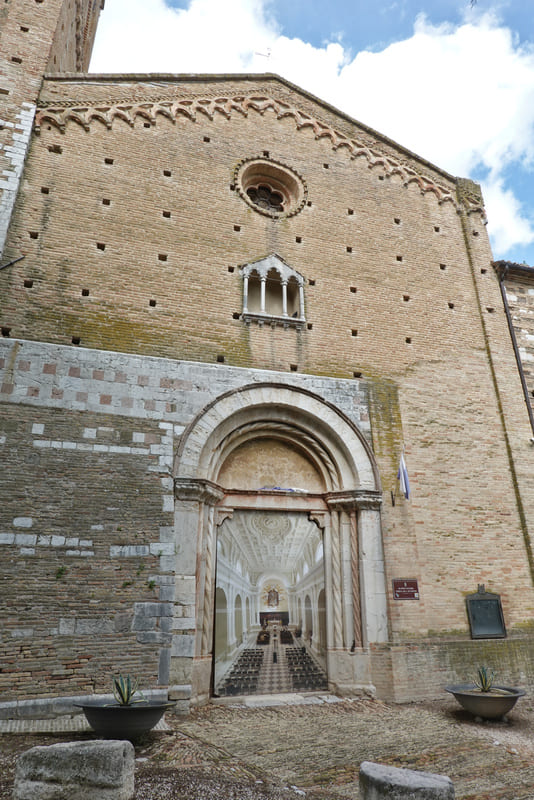
Unfortunately, the building also turned out to be closed, due to the last earthquake, but the interior, as seen on the large image in the portal, clearly dates from a late baroque era, more precisely from 1741. The important works on the inside include a beautiful inlaid and carved wooden choir by Domenico Indivini from the 15th – 16th century and an important cycle of frescoes depicting the life stories of John the Baptist by the Salimbeni brothers, temporarily stored in the Art Gallery. The remains of the bishop of San Severino and patron of the city are also kept in the cathedral.
Just opposite stood a 40 meter high tower. The area around San Severino Marche had numerous watchtowers (definitely something to write about for another article!).
This tower was commissioned by the noble Smeducci family, rulers of the city during the end of the 13th and the entire 14th century.

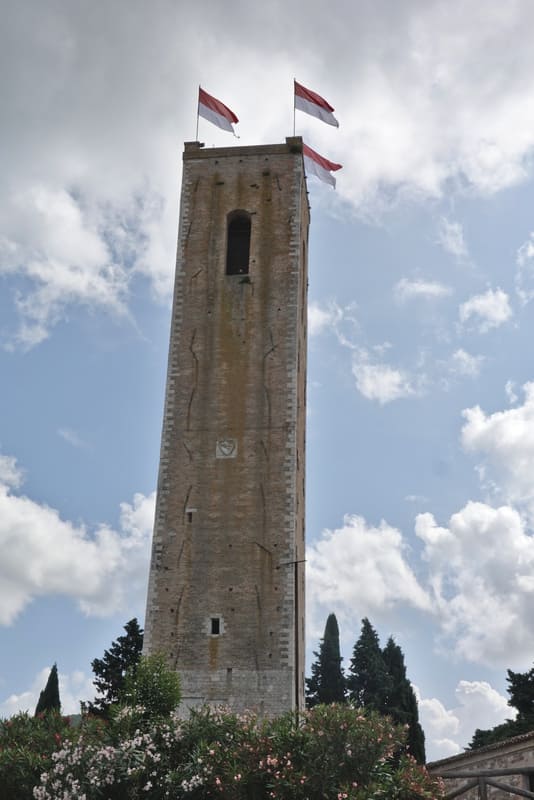
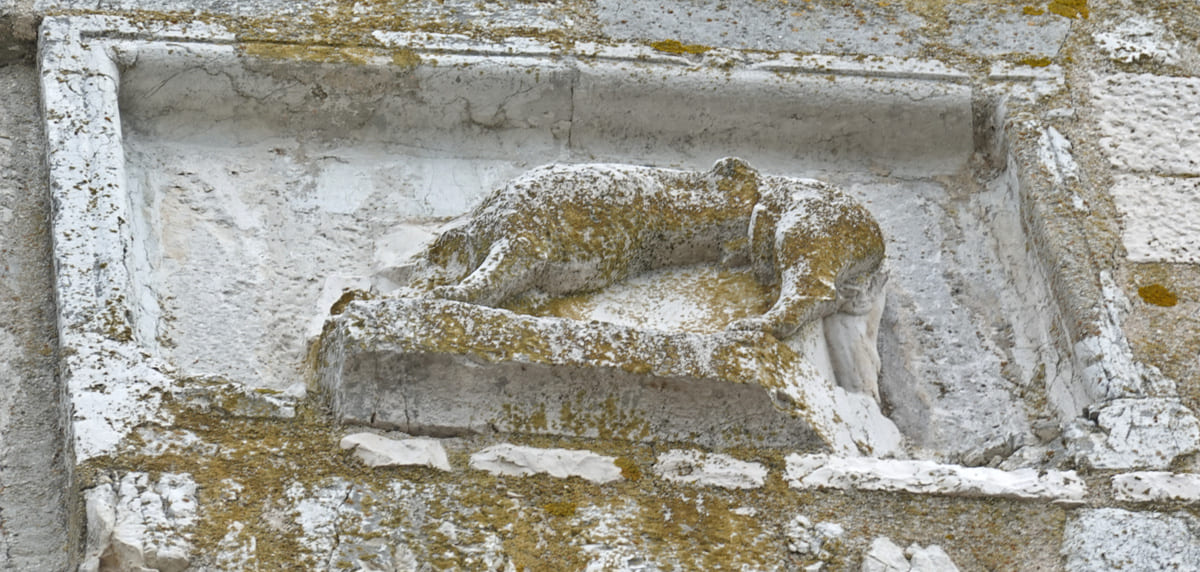
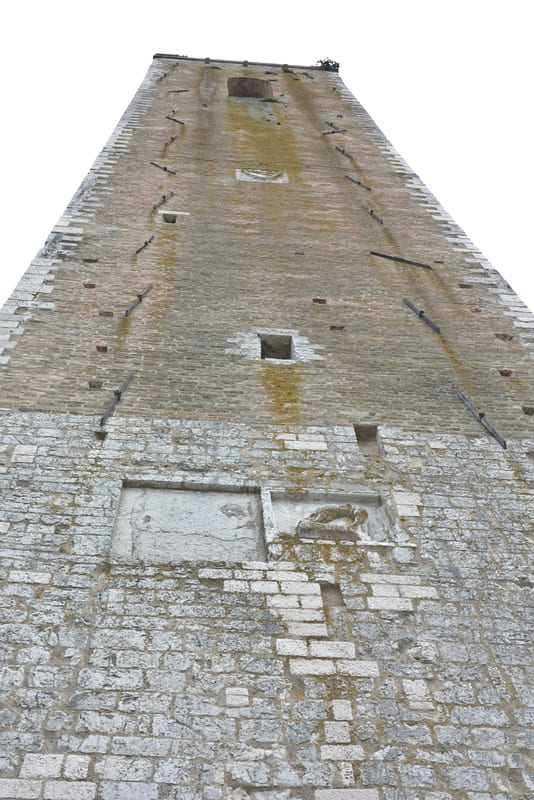
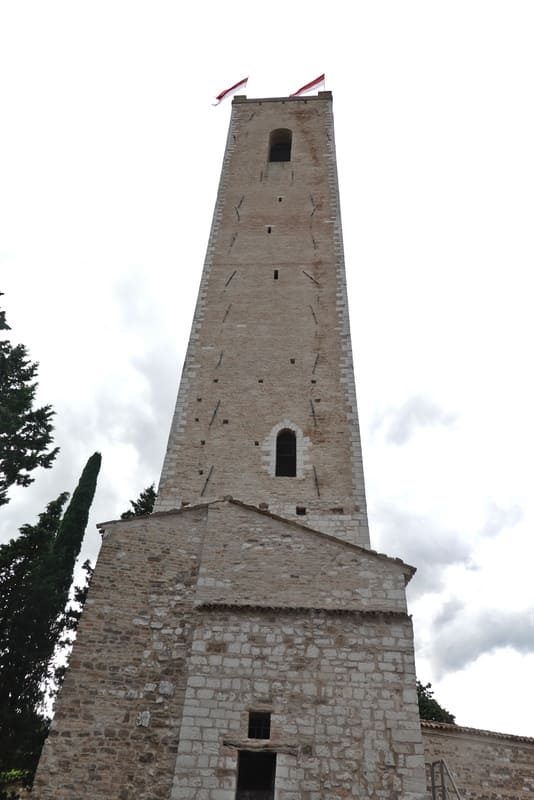


The coat of arms of the Smeducci family, hated by the common people, represents a ladder. But many see it as a bit for horses, for the nobles, on their retreat from a hunt, are said to have uttered the words that the city and its citizens should be kept taut like horses.
Descending through winding streets, on foot because inside only local residents are allowed to move by car, there is a beautiful view of the old city walls and the watchtower.


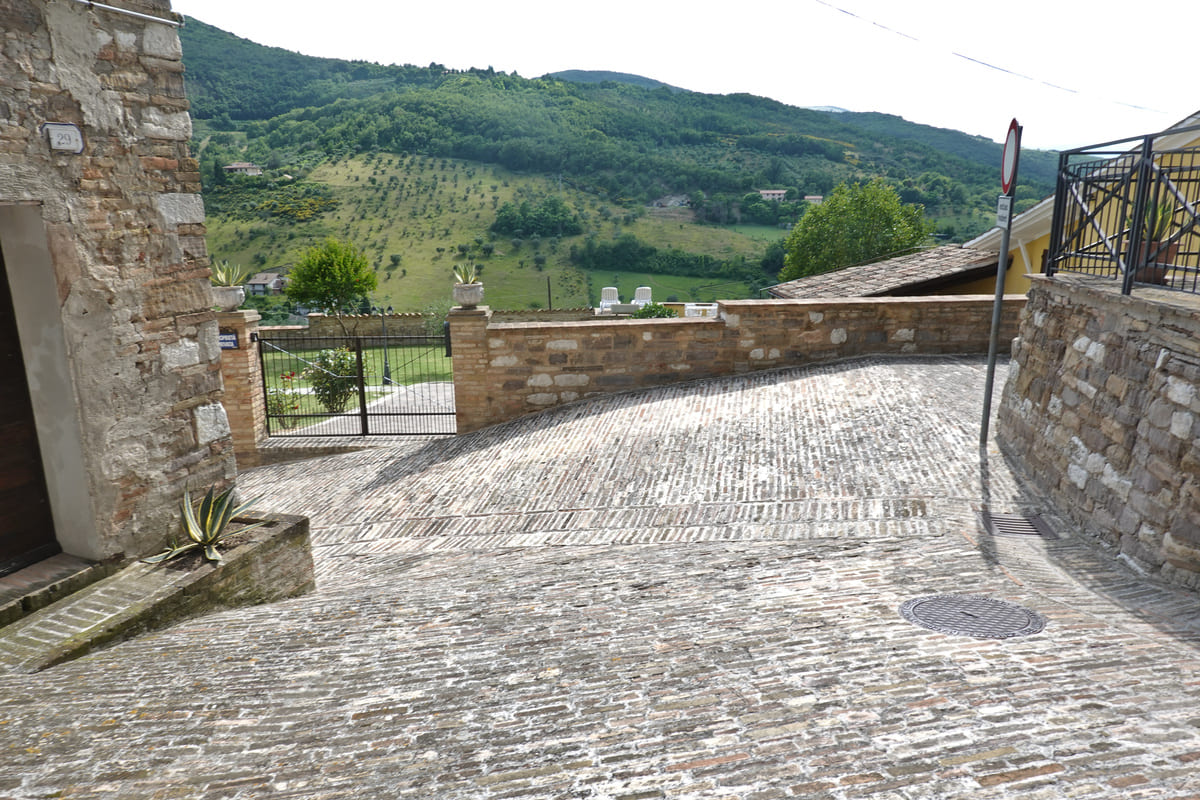
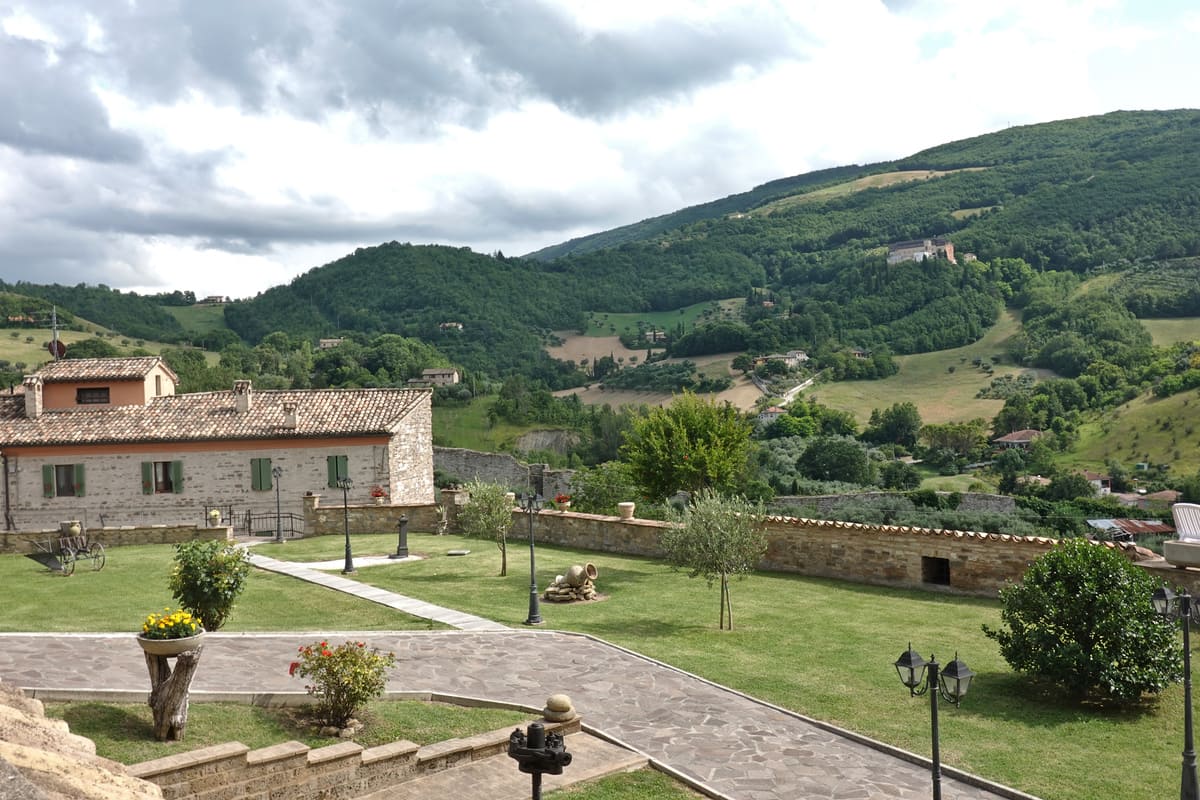


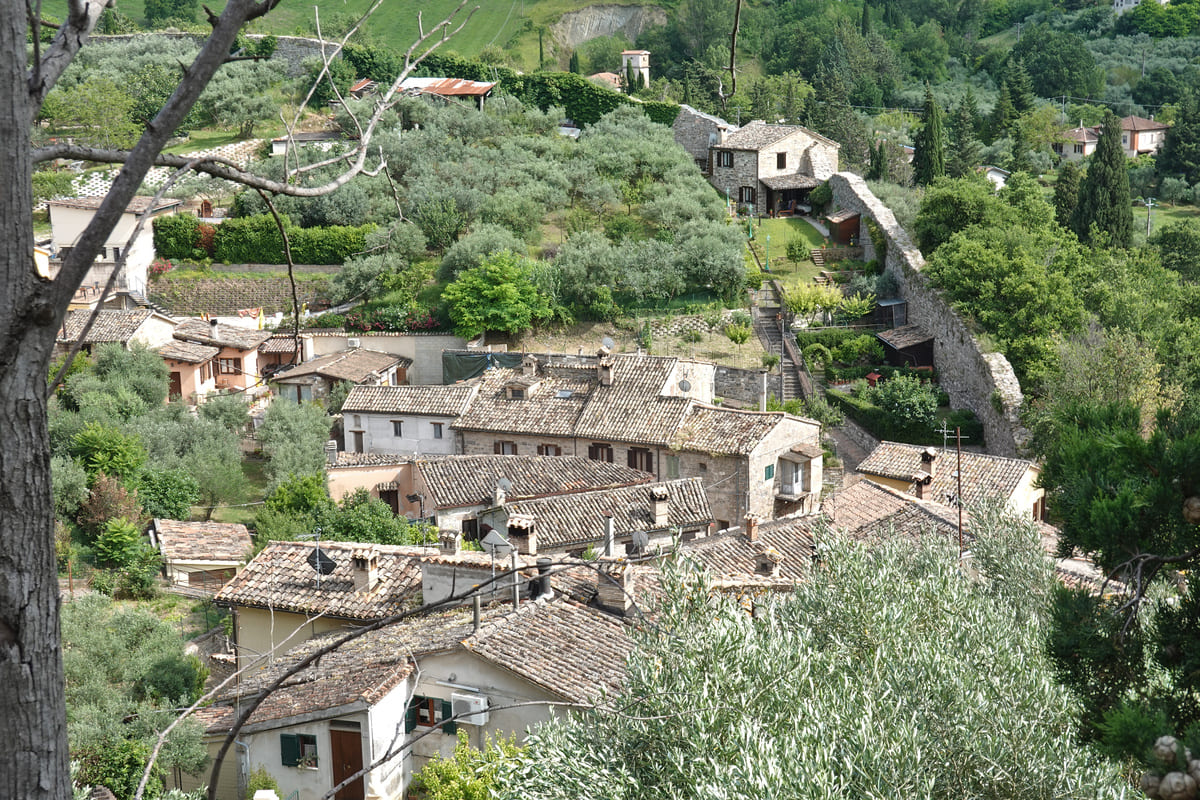

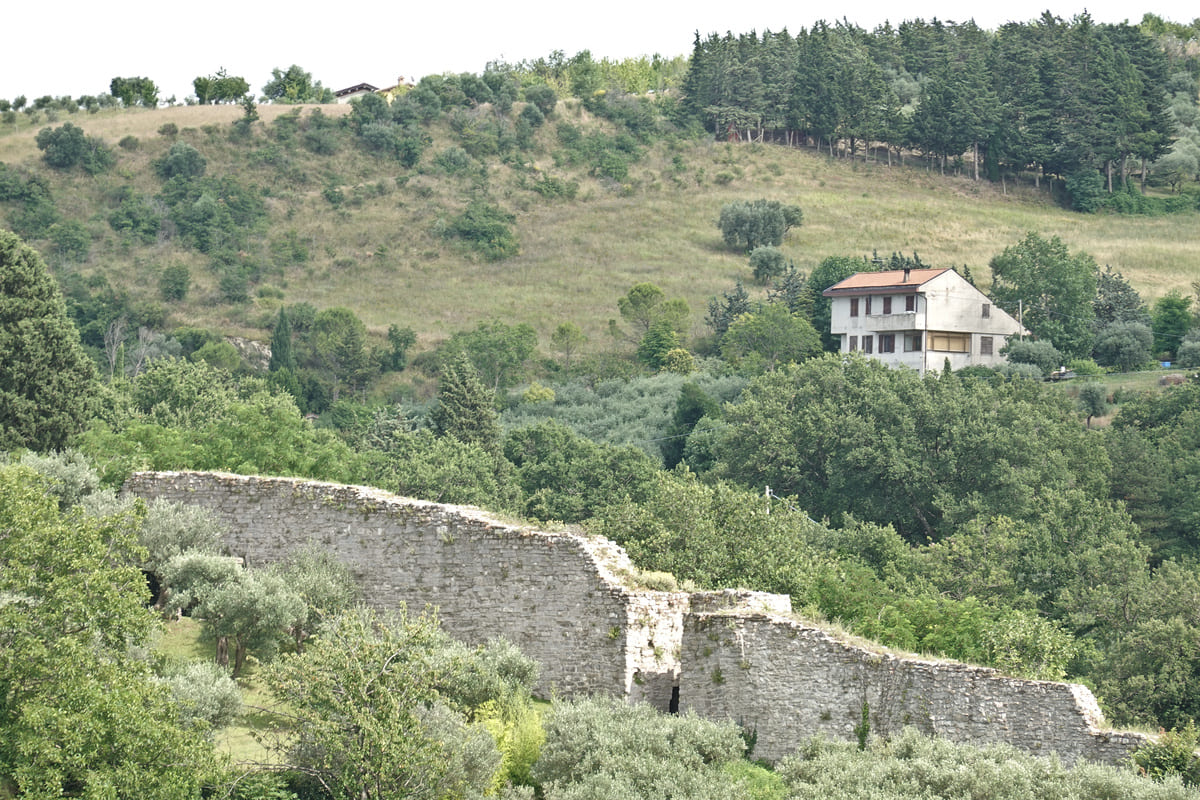
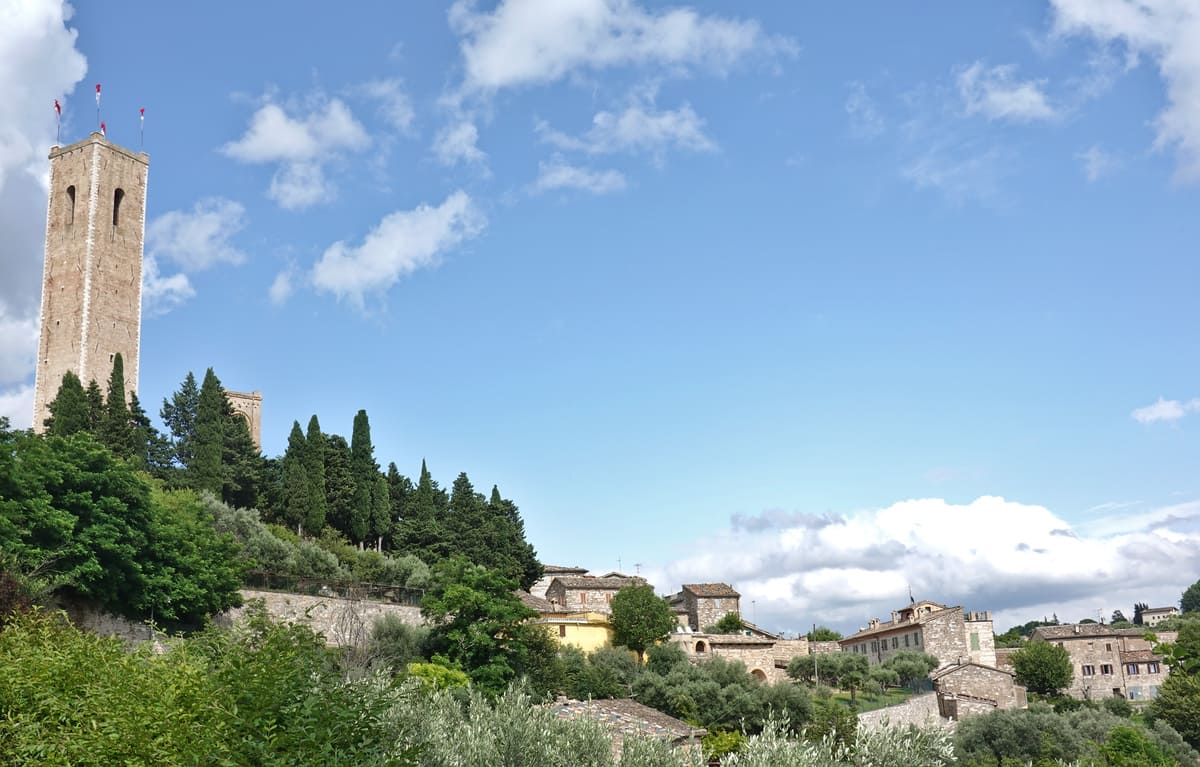
At the end of the walk there is the San Teresa church, nowadays an imposing educational institution (from nursery to secondary school) of the Suore Convitrici del Bambin Gesù, a female religious order from the 17th century that was concerned with the care of girls.


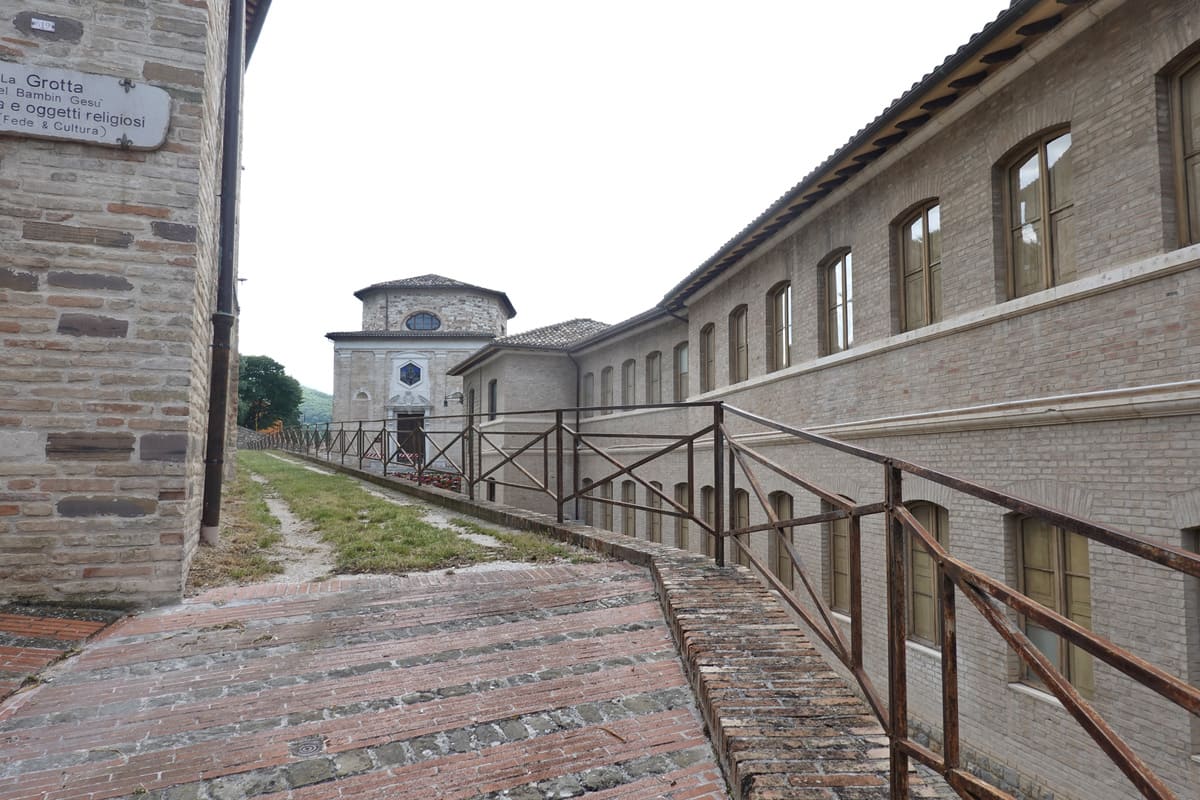
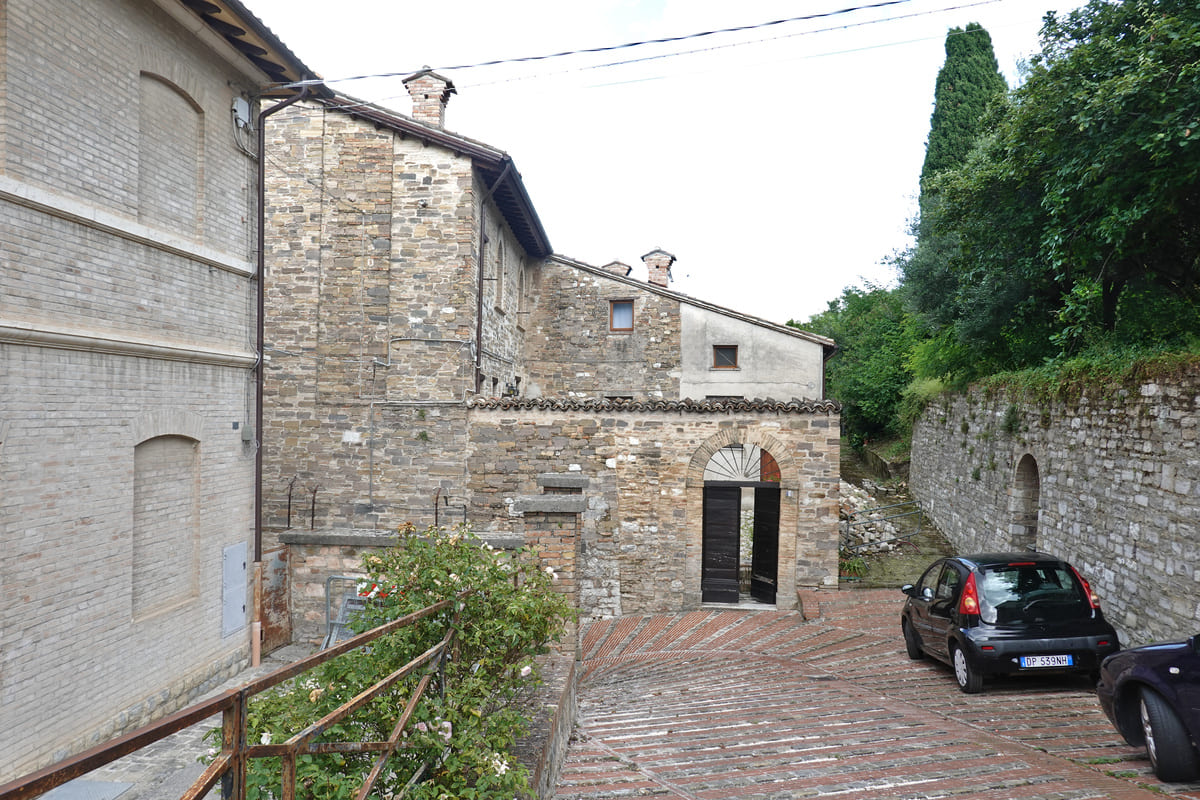
Descending even further, worth of mentioning is the Palazzo Sassolini from the 14th century, which turned out to be still inhabited.


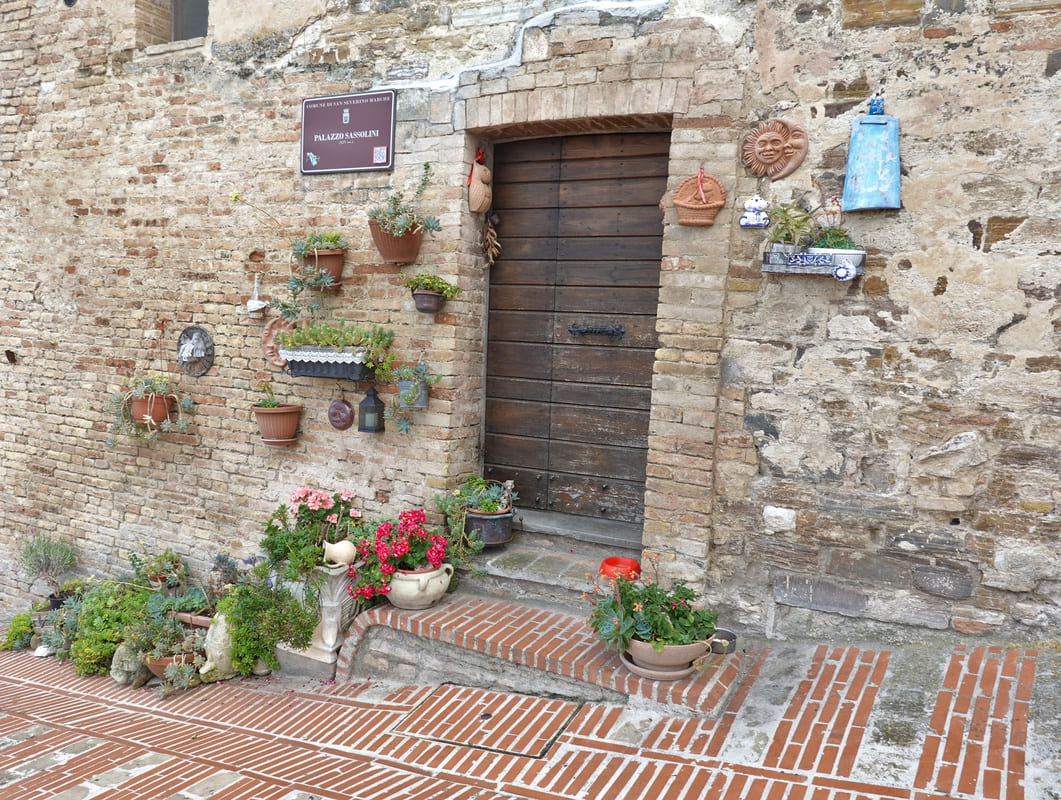
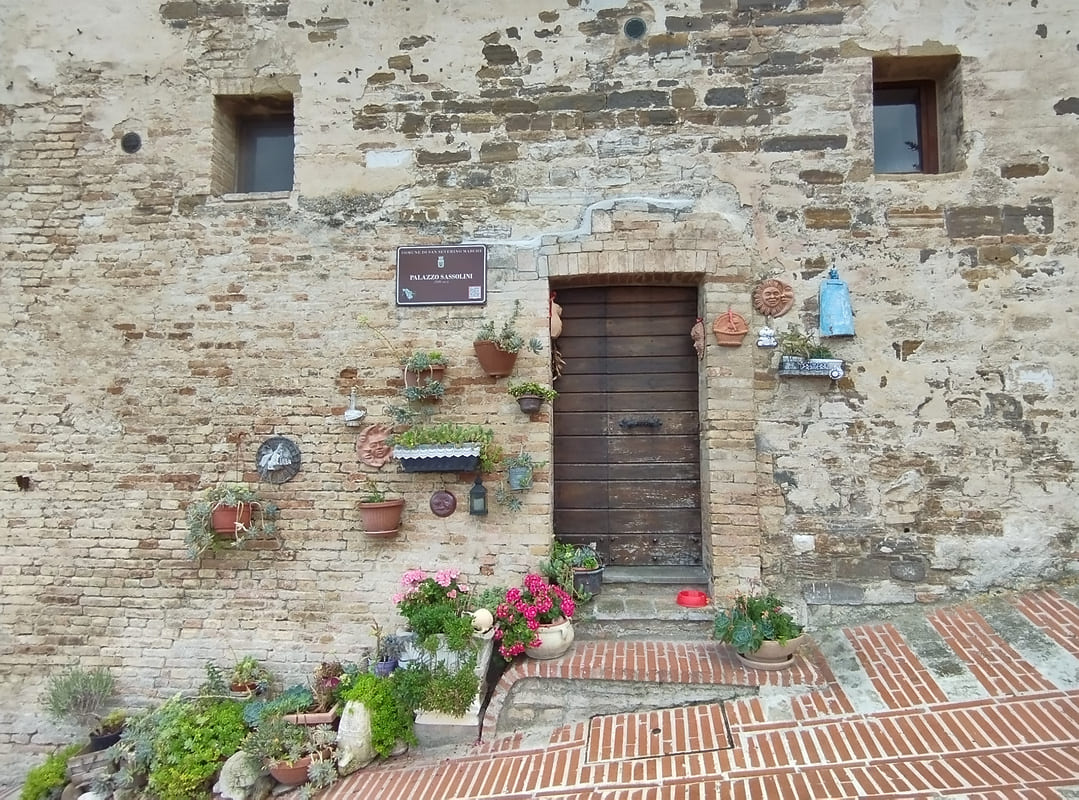
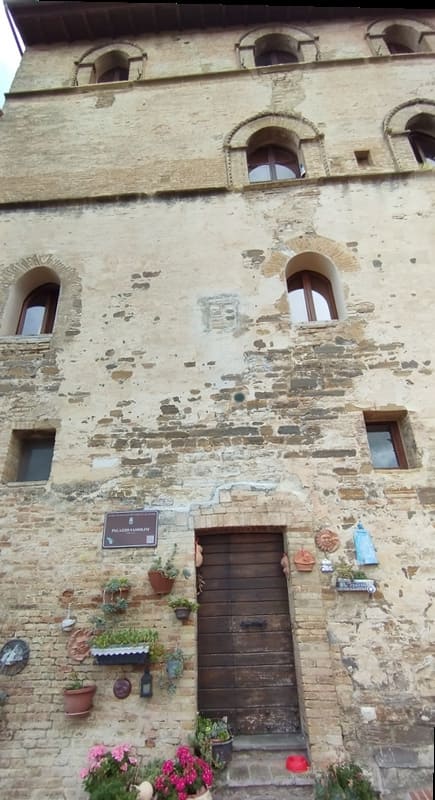
And after some downhill, Isabelle and Erik are going uphill again, retracing their steps to now go to the Santa Chiara church.
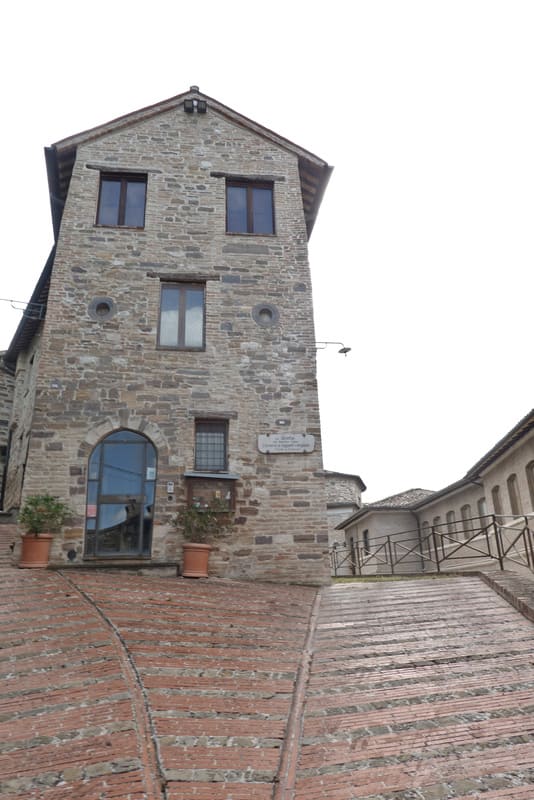

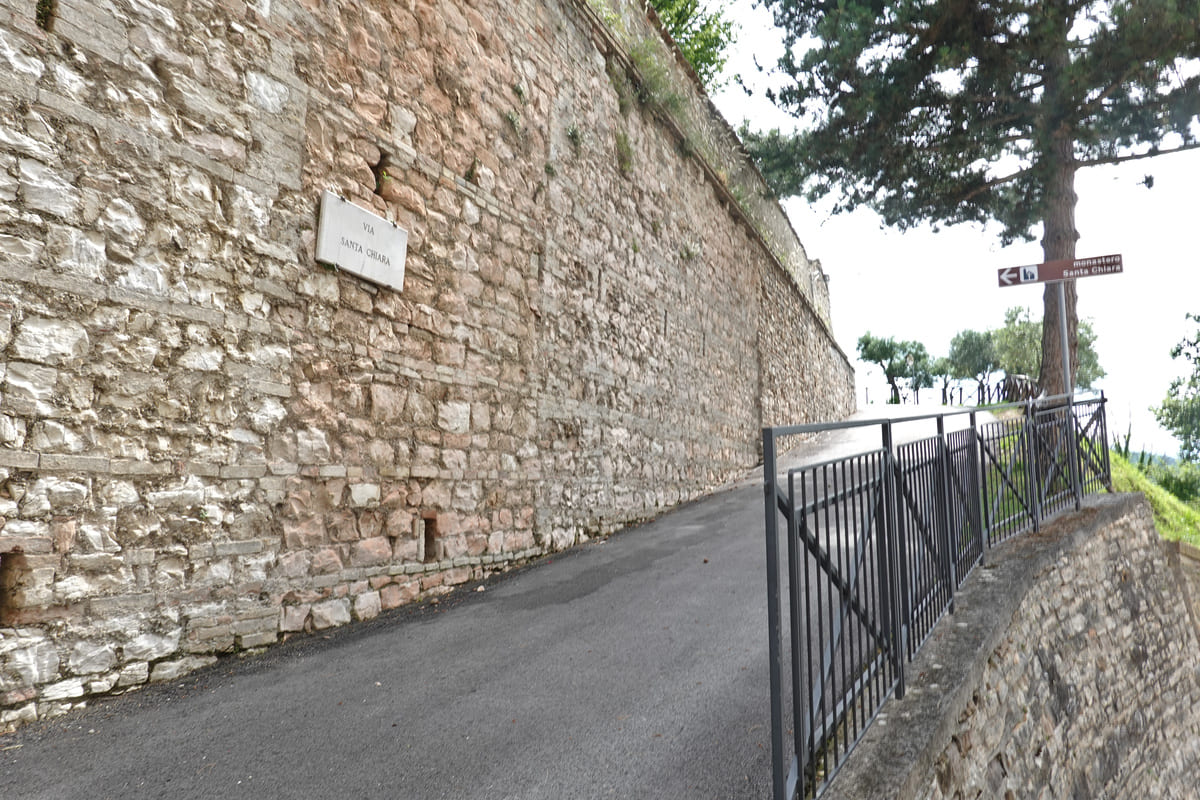
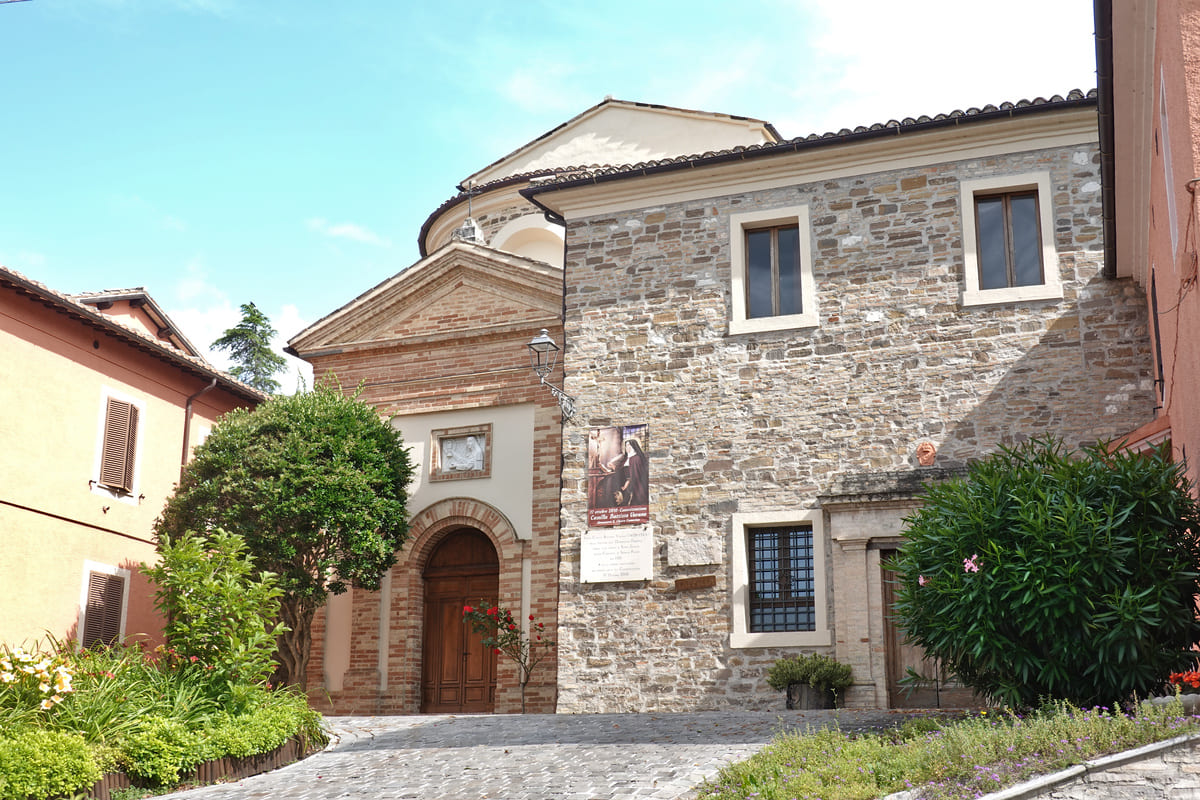
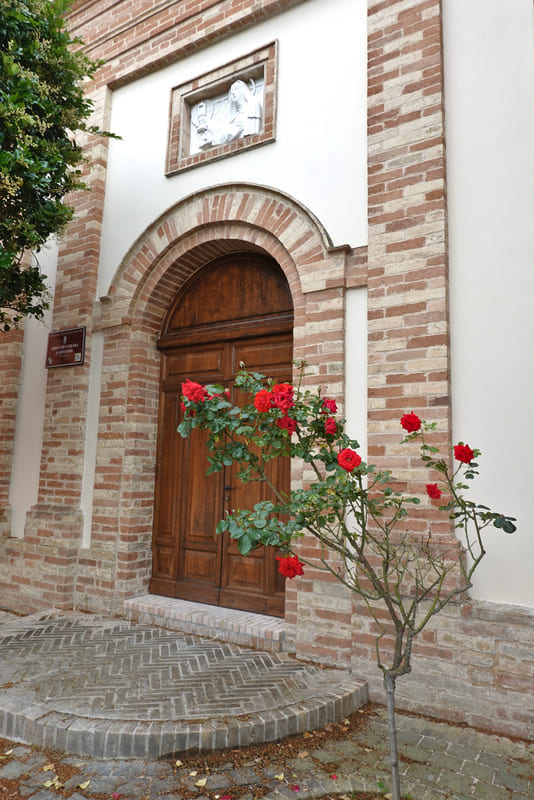
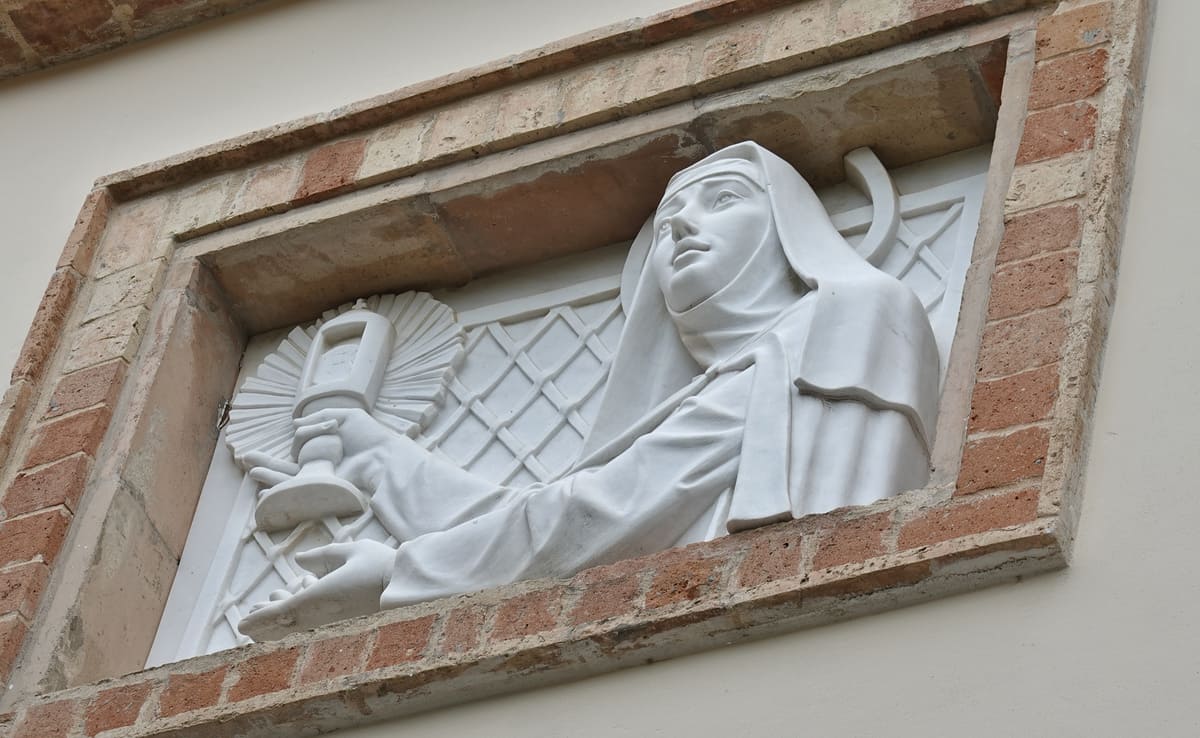
Two statues stood out: Saint Francis and a nun with a lamb.
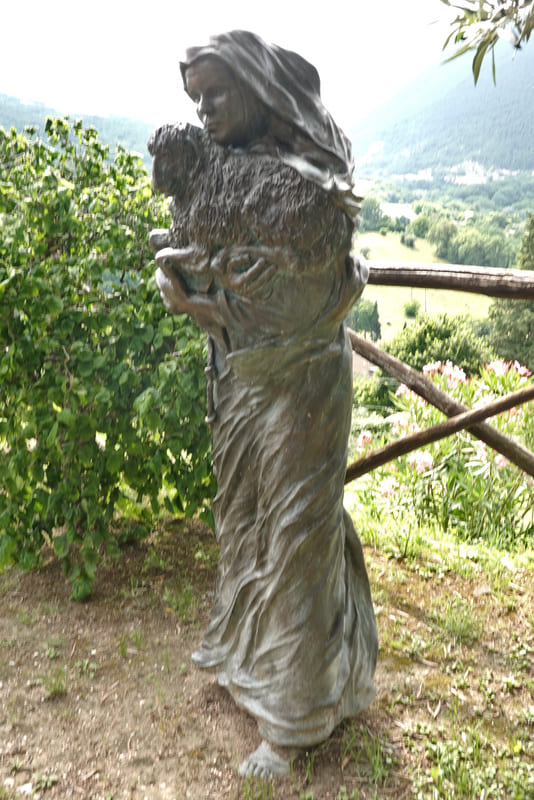
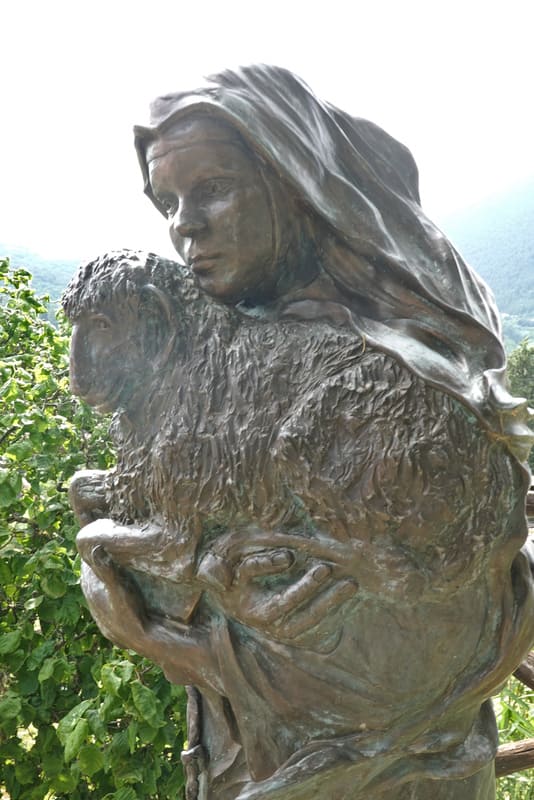

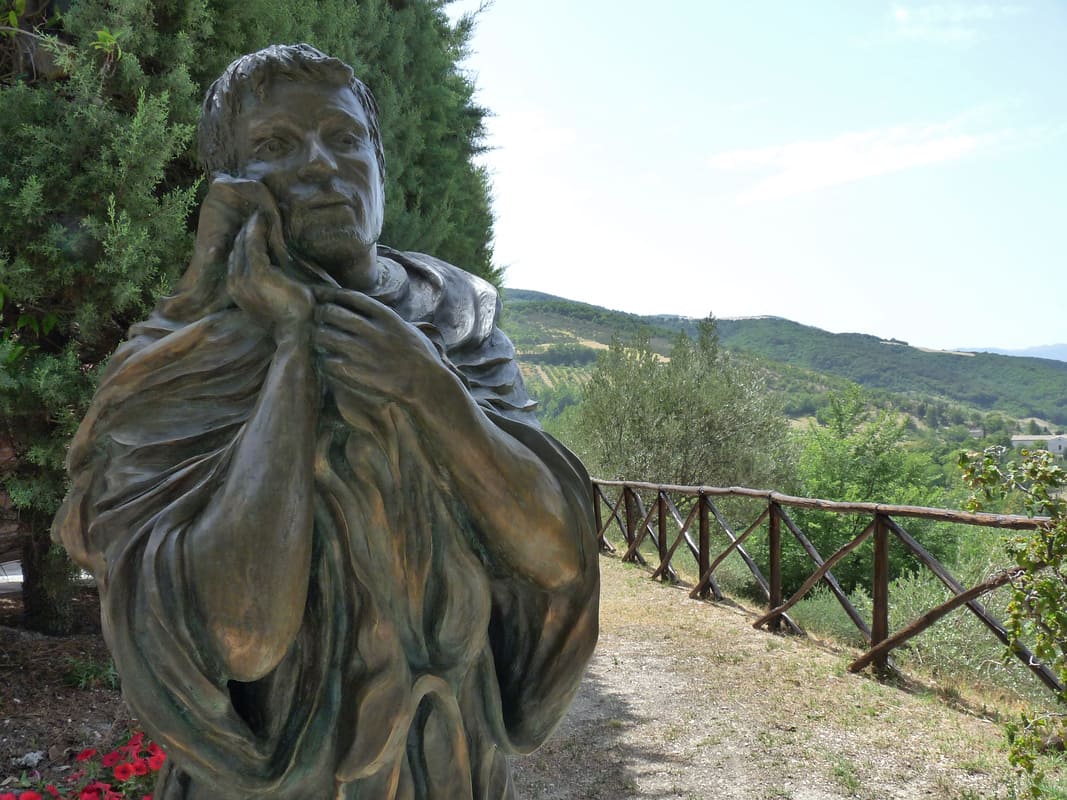
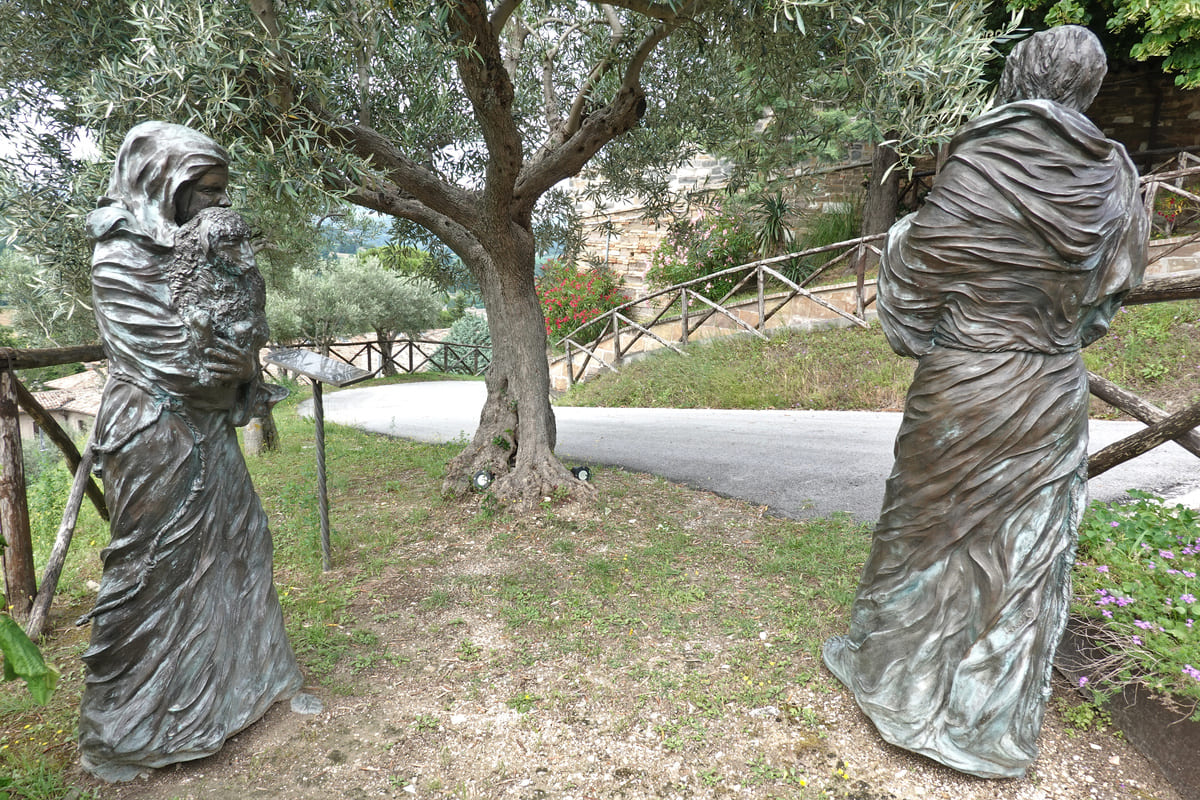
According to the explanation of a sign, Saint Franciscus would have been traveling through Le Marche with his confrere Paolo. He noticed a shepherd with goats and one lamb. According to him, exactly like Jesus among the Pharisees. With the help of a merchant, they bought the lamb and took it with them. When they arrived at the nuns’ house, they gave them the lamb. These would have made a cloak from the wool that they sent to Saint Francis.
Here too there is a magnificent view!
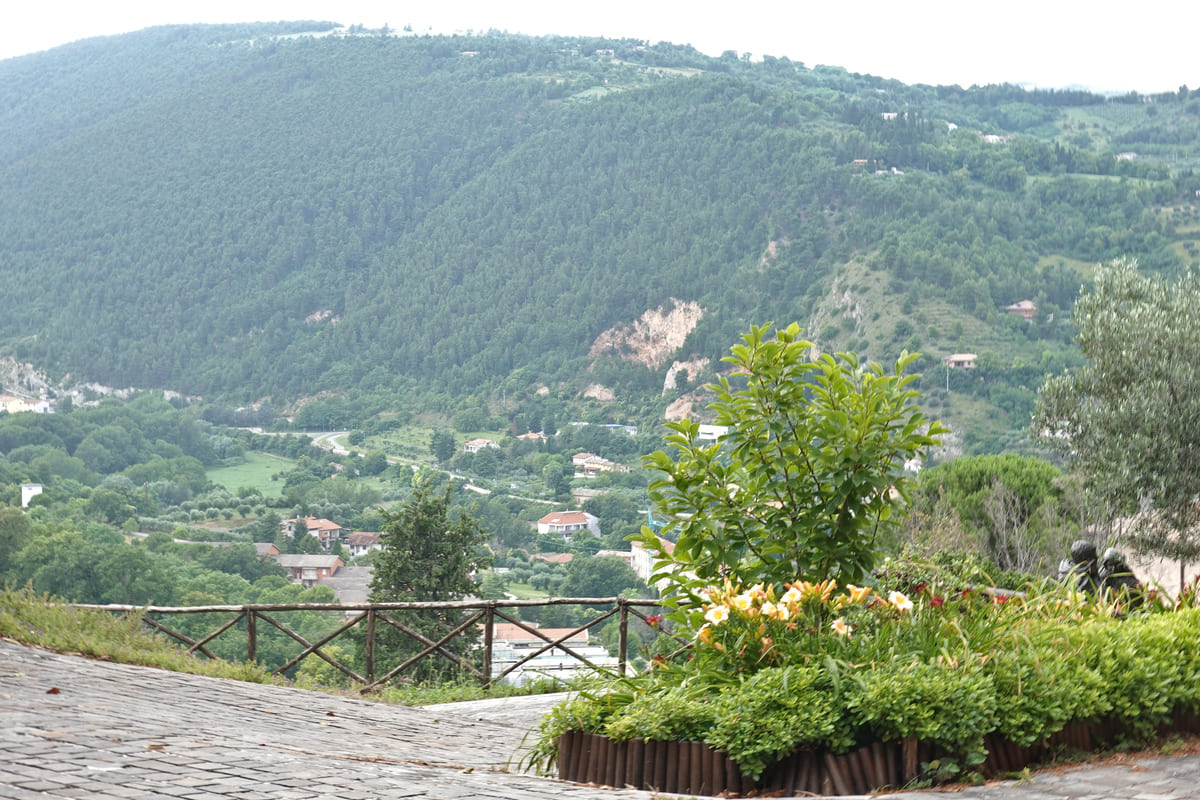
Now back to the main square with the tower and the Vecchio duomo. Just passed a towering Maria statue. The Mary of Lourdes statue from 2018 stands high on a travertine obelisk.
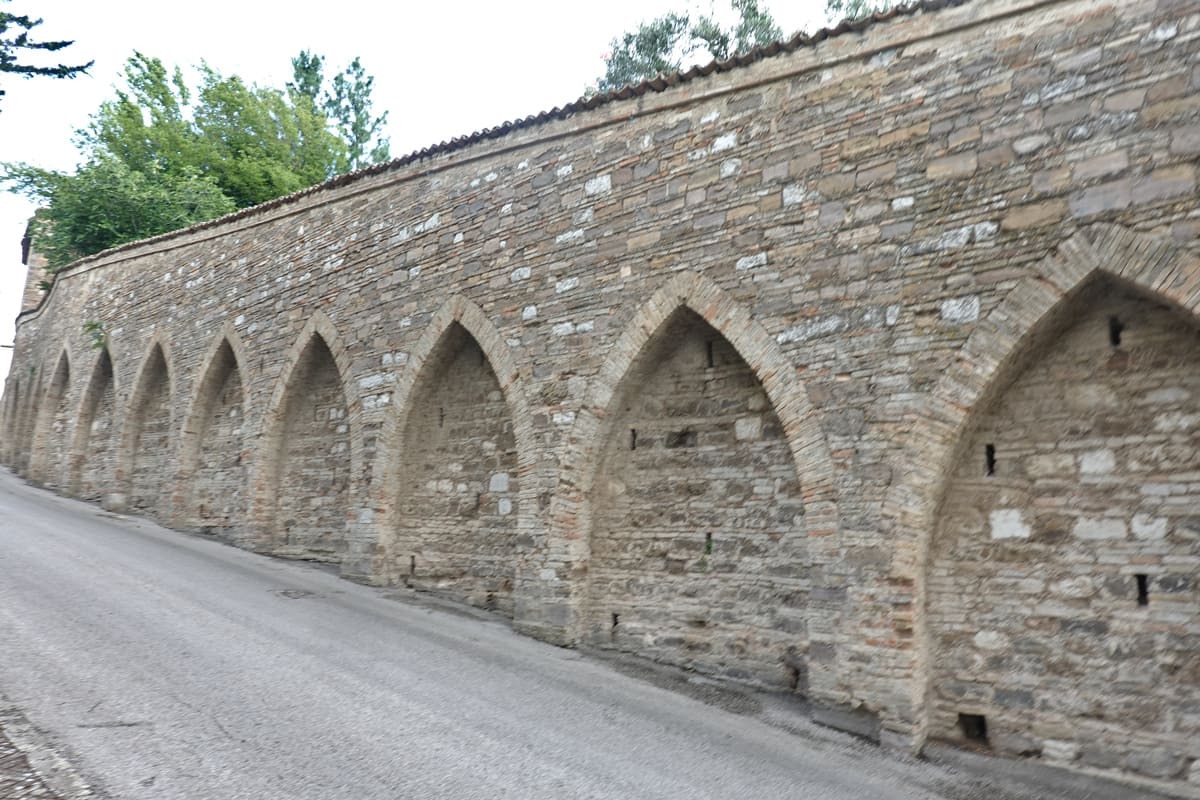
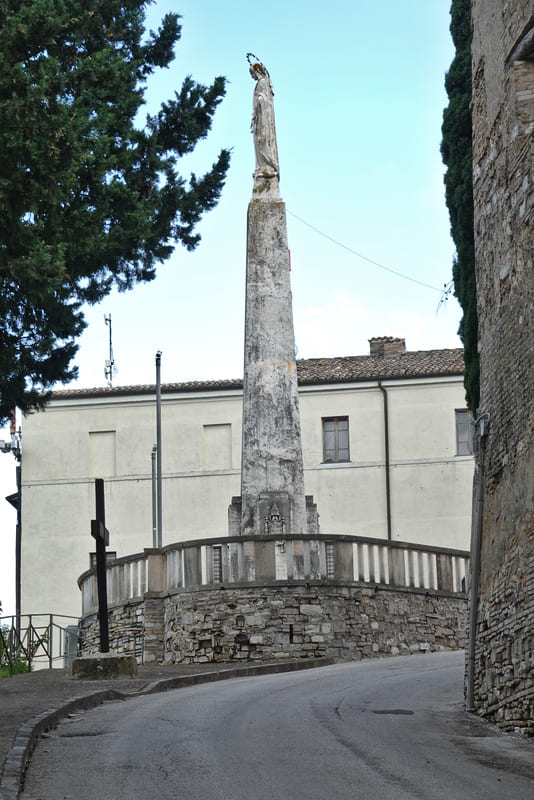
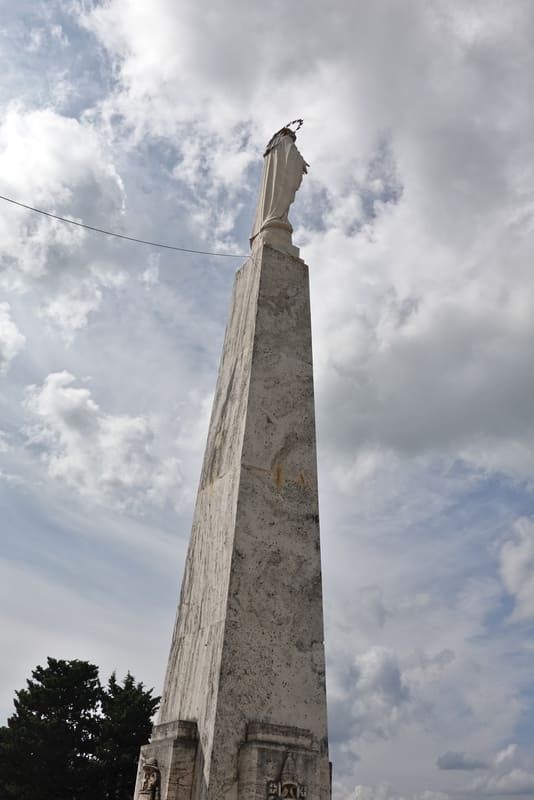
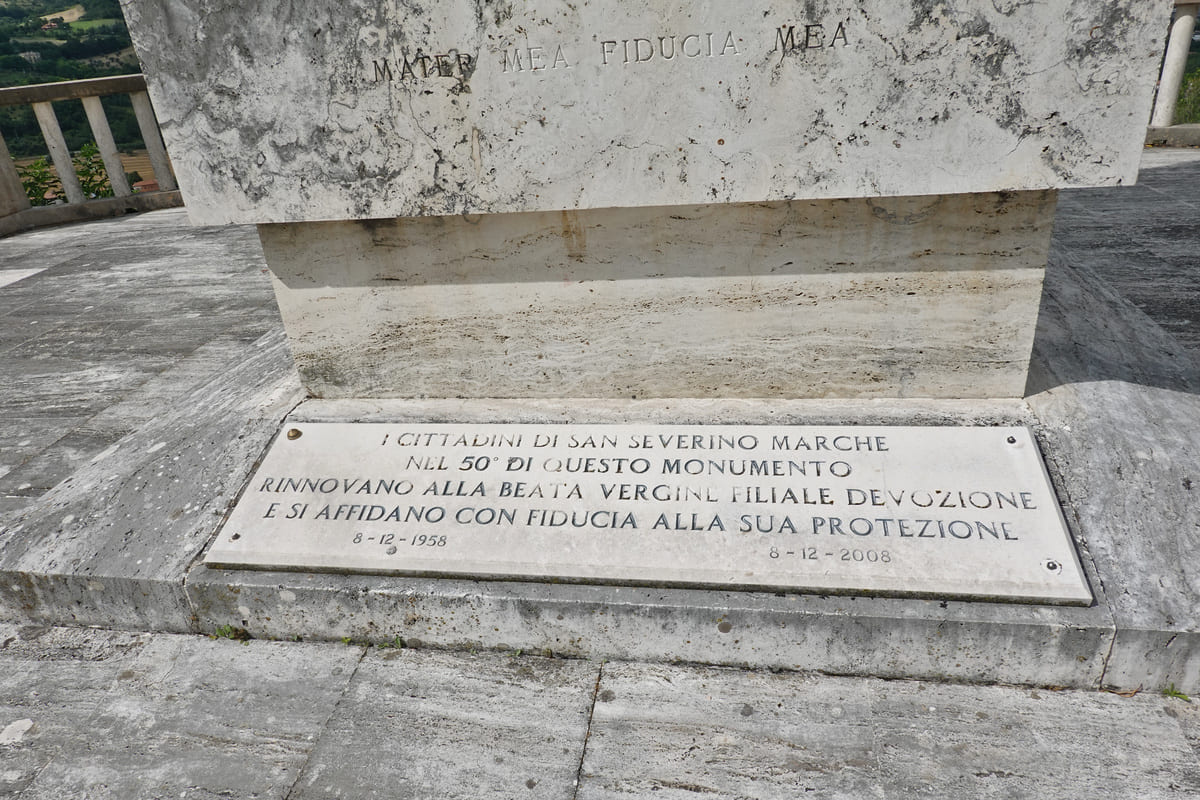
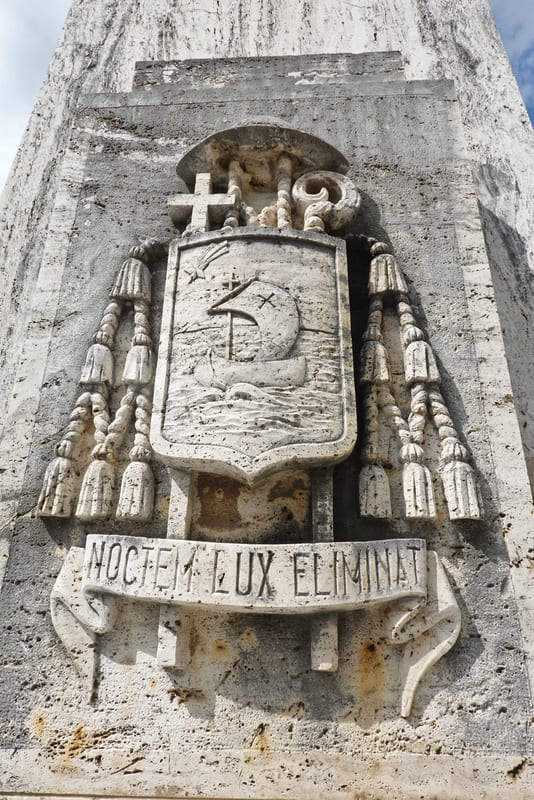
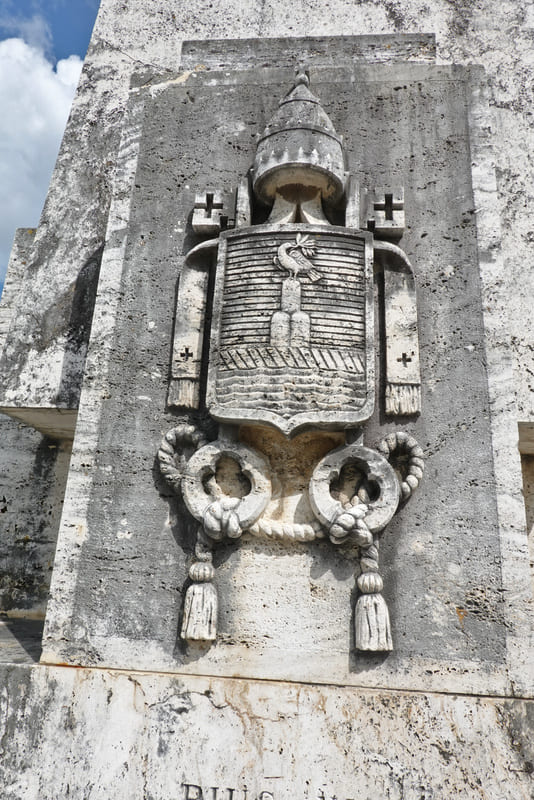
Passing the old administrative house, the Palazzo Consolare from the 13th century…
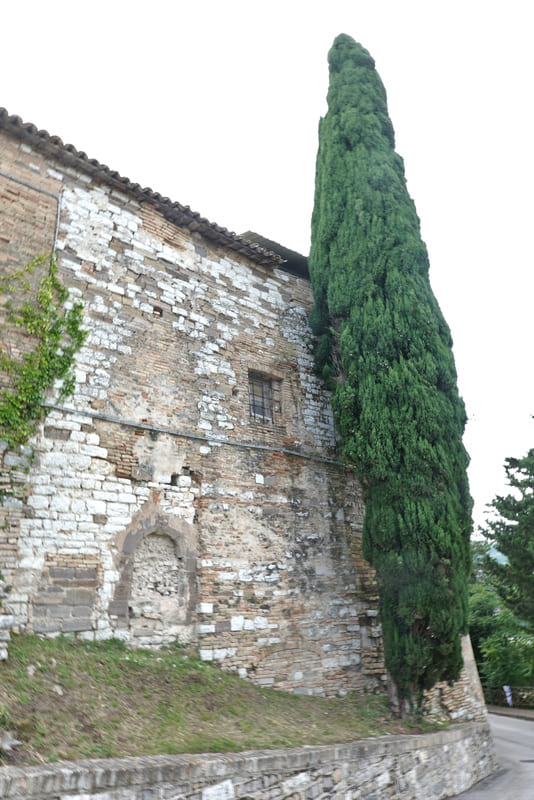

What is missing on this thorough tour is Pilgrimage Church of the Madonna dei Lumi. It was built in the sixteenth century after a miracle in 1584 : an image of the Madonna is said to have been repeatedly illuminated by special rays of light. The pilgrimage church owes its current form to the Barnabiti, who in 1657 had custody of the Sanctuary, which today is entrusted to the Cistercians.
You can reach San Severino Marche Alto by car, but you can also make a nice walking tour if you leave from San Severino Marche Basso. (read our previous article)
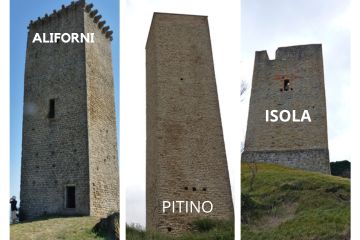
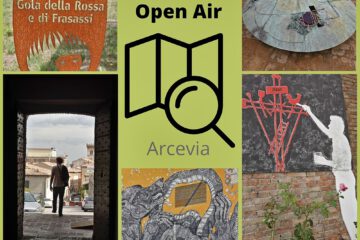
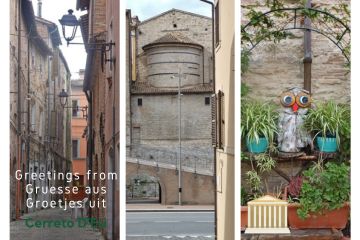
0 Comments